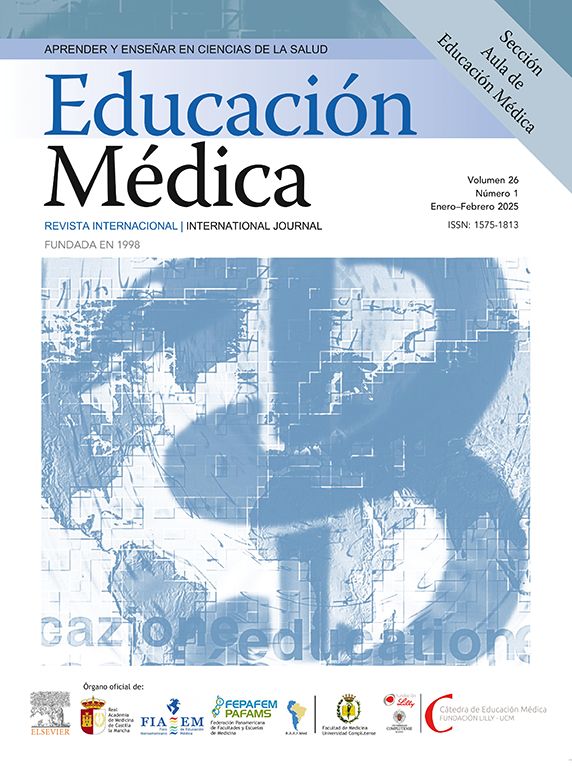was read the article
| Year/Month | Html | Total | |
|---|---|---|---|
| 2025 March | 26 | 5 | 31 |
| 2025 February | 46 | 21 | 67 |
| 2025 January | 49 | 23 | 72 |
| 2024 December | 31 | 20 | 51 |
| 2024 November | 27 | 15 | 42 |
| 2024 October | 50 | 28 | 78 |
| 2024 September | 38 | 25 | 63 |
| 2024 August | 41 | 28 | 69 |
| 2024 July | 31 | 20 | 51 |
| 2024 June | 32 | 21 | 53 |
| 2024 May | 16 | 16 | 32 |
| 2024 April | 21 | 18 | 39 |
| 2024 March | 48 | 14 | 62 |
| 2024 February | 20 | 13 | 33 |








